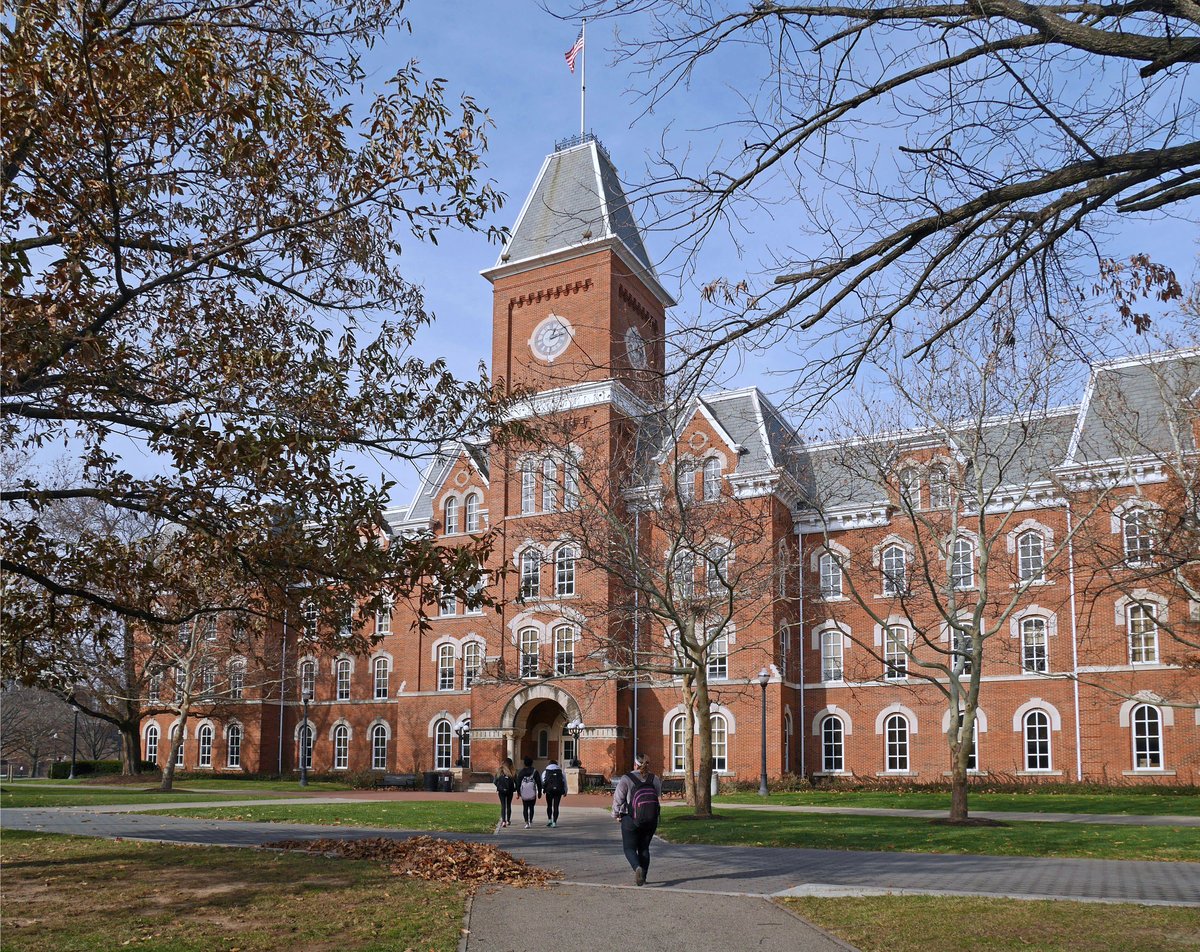Published on
We Are All Learners: A Guide to a More Fully Engaged Campus

With student-centric becoming a buzzword in higher education, institutions may want to consider becoming learner-centric, crediting and fostering learning in all its forms and encouraging growth on both sides of the learning equation.
In today’s competitive higher education landscape, universities proudly proclaim their commitment to being student-centric, often promising prospective students every opportunity to succeed. However, as the demands of the educational environment evolve, so too must our approach to learning. At the University of West Florida (UWF), we have embraced this evolution wholeheartedly, adopting a broader, more inclusive learner-centric model.
Imagine a campus where not only students but also faculty and staff are engaged in learning and teaching, where knowledge is actively created and shared. This is the reality at UWF. By prioritizing all learners’ needs and fostering an environment of mutual growth, we can unlock the true potential of our academic community and better serve the ever-expanding body of knowledge.
Student-Centric vs. Learner-Centric
While student-centric and learner-centric approaches are closely related, they are distinct concepts. A student-centric approach is tailored to formal education for students, whereas a learner-centric approach encompasses all learning scenarios, emphasizing personalized and continuous learning as part of the ongoing evolution of understanding.
At UWF, we began by acknowledging that we are a learning community consisting of three essential elements: students, faculty and the body of knowledge. The interaction of the three creates the magic.
Key Terms in a University Setting
Understanding the following key terms is essential in our discussion:
- Student: enrolled in the university to gain knowledge, skills and qualifications through classes, research and other academic activities
- Teacher: imparts knowledge, guides students and facilitates learning, inspiring and challenging students to think critically and independently
- Body of knowledge: the cumulative collection of information, theories and practices within a specific academic discipline, constantly evolving through research and scholarship
Adapting to Diverse Needs
A learner-centric approach in higher education adapts to the learning community’s diverse needs and evolving interests. Universities achieve this adaptability through key strategies such as flexible curriculum design, technology integration, lifelong learning opportunities, collaborative learning environments, responsive support services and innovative teaching methods.
At UWF, we have found the adoption of high-impact practices (HIPs) within every curriculum has a profound effect. HIPs are teaching practices that foster deep learning by encouraging student engagement. As one of our state performance metrics, UWF encourages all students to participate in at least two HIPs before graduation. Given the success of our efforts, we will likely increase the recommendation to three HIPs soon.
Examples of High-Impact Practices
High-impact practices include:
- Capstone Projects: culminating experiences showcasing creativity, innovation and mastery. These projects allow students to synthesize and apply their learning in a comprehensive manner, preparing them for professional and academic challenges. For faculty, capstone projects provide opportunities to mentor students in complex, integrative tasks, fostering closer student-faculty relationships and leading to potential collaborative research publications.
- Collaborative learning: team-based assignments, cooperative projects and research. This approach enhances communication skills and teamwork, fostering a sense of community and shared responsibility among students. Faculty benefit by observing diverse problem-solving strategies and can incorporate these insights into their teaching methods, enriching classroom dynamics.
- Common intellectual experiences: programs combining broad themes with curricular and cocurricular options such as living/learning communities and the honors program. These experiences create a cohesive learning environment that integrates academic and social learning, enriching the educational journey. Faculty involvement in these programs encourages interdisciplinary collaboration and curriculum innovation.
- Diversity and global learning: courses and programs exploring different cultures and worldviews, often amplified by experiential learning and study abroad. This practice broadens students’ perspectives, preparing them for a globalized world and promoting cultural competence. For faculty, these programs offer avenues to develop and teach courses with global relevance, enhancing their own understanding and ability to teach diverse student populations.
- ePortfolios: web-based collections showcasing students’ best assignments and learning artifacts. ePortfolios encourage reflection and self-assessment, helping students document and share their academic journey and achievements. Faculty gain a comprehensive view of students’ progress, using these insights to tailor feedback and support individual learning needs.
- Internships and field experiences: applying classroom knowledge in professional fields. These opportunities provide practical experience, enhance employability and build professional networks for students. Faculty involvement in internships and field experiences helps bridge the gap between academic theory and practical application and fosters relationships with industry partners, enriching their teaching and research.
- Intensive written and oral communication: emphasizing writing and communication across curricula. This practice develops critical communication skills essential for academic success and professional life. Faculty can refine their teaching strategies to better support students’ development in these areas, leading to improved academic outcomes and richer classroom interactions.
- Undergraduate research: partnering students with faculty to examine and share new knowledge. This collaboration fosters a deeper understanding of the research process, encouraging intellectual curiosity and innovation. Faculty benefit from the fresh perspectives students bring to research projects and can coauthor publications, enhancing their academic profiles.
- Service and community-based learning: combining classroom instruction with community engagement. This approach connects academic learning with real-world issues, promoting civic responsibility and community involvement. Faculty involvement in community-based projects enriches teaching by integrating practical experiences with academic content, leading to more engaged and motivated students.
Impact and Success
Overall, this shift from student-centric to learner-centric has created a more fully engaged campus, responsive to constituents’ needs and the body of knowledge. Our attention to high-impact practices distinguishes our graduates for prospective employers and has placed UWF graduates at the top of the state’s calculation of graduates employed one year after graduation. Faculty are publishing the results of their interactions frequently, and our curricula enjoy real-time stimulation.
A faculty leader shared this reaction: “In my classroom under this model, students teach me new concepts and ways to complete work and enjoy life. They are much more balanced than our generations. I examine my practices and add new technologies to the mix. I use their tools. The textbook almost doesn’t matter. What matters is the connection. You are right to take us out of the dark ages.”
Embrace the Future of Learning
The University of West Florida’s commitment to a learner-centric approach has transformed our campus into a vibrant, dynamic community of continuous growth and discovery. This model benefits our students and faculty and enriches the broader academic community.
As we move forward, we encourage other institutions to consider adopting similar practices. By fostering an environment where everyone is both a teacher and a learner, we can collectively unlock the true potential of our academic communities. The future of education depends on our ability to innovate and evolve.



